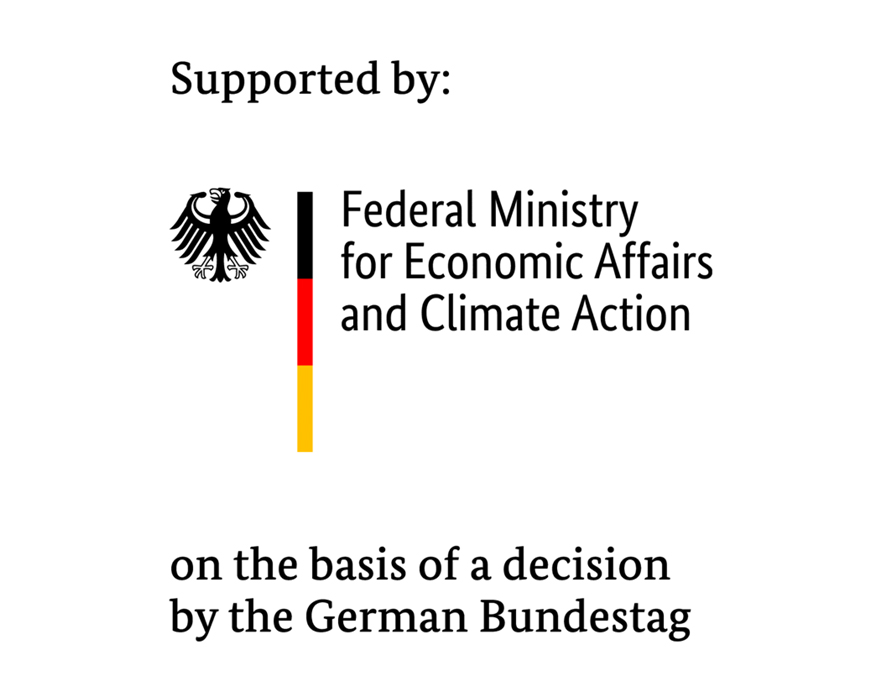| Funding: Federal Ministry for Economic Affairs and Energy (BMWi) |
| Partner: WINDnovation, CirComp, Logistik Service Agentur, SINOI (associate partner) |
| Duration: 01/2017 – 12/2019 |
Rotor blades account for 25-30 percent of the costs of a wind turbine. A large quantity of material is required in the area of the rotor blade root, as around 25% of the rotor mass is concentrated there. With the aim of cutting the production costs and making this step even more efficient, the “WindRoot” project will employ a prototype to investigate in a series of experiments whether the blade root produced using the filament winding technique fulfills the requirements and impresses from a quality perspective.
In the filament winding technique, the blade roots are wound separately from layers of material and not layered as was previously the case. This makes it possible to save a lot of material and minimize the number of production steps, as there are no offcuts. Direct winding of filaments is a widely known and thoroughly tested production method, but to date has only been investigated for the manufacturing of rotor blade subcomponents in isolated cases.
The aim is to identify and analyze possibilities for reducing interfaces and increasing transparency both for in-house production and production by a specialist supplier.
This is done by analyzing the production process, component design, and entire process chain integrally and sounding out the potential for optimization. The complete logistics chain of all parties involved is also considered. The aim is to tap cost-cutting potential by means of improved process and interface transparency.
Fraunhofer IWES is heading the research project and the first step will be to develop a theoretical concept for a cost-efficient blade root. This will be followed by the production and testing of a wound blade root in the form of a test carrier. In addition, it will also be investigated whether the winding technique can be applied to other areas of production in rotor blade manufacturing and the process chain for industrialization will be evaluated.
